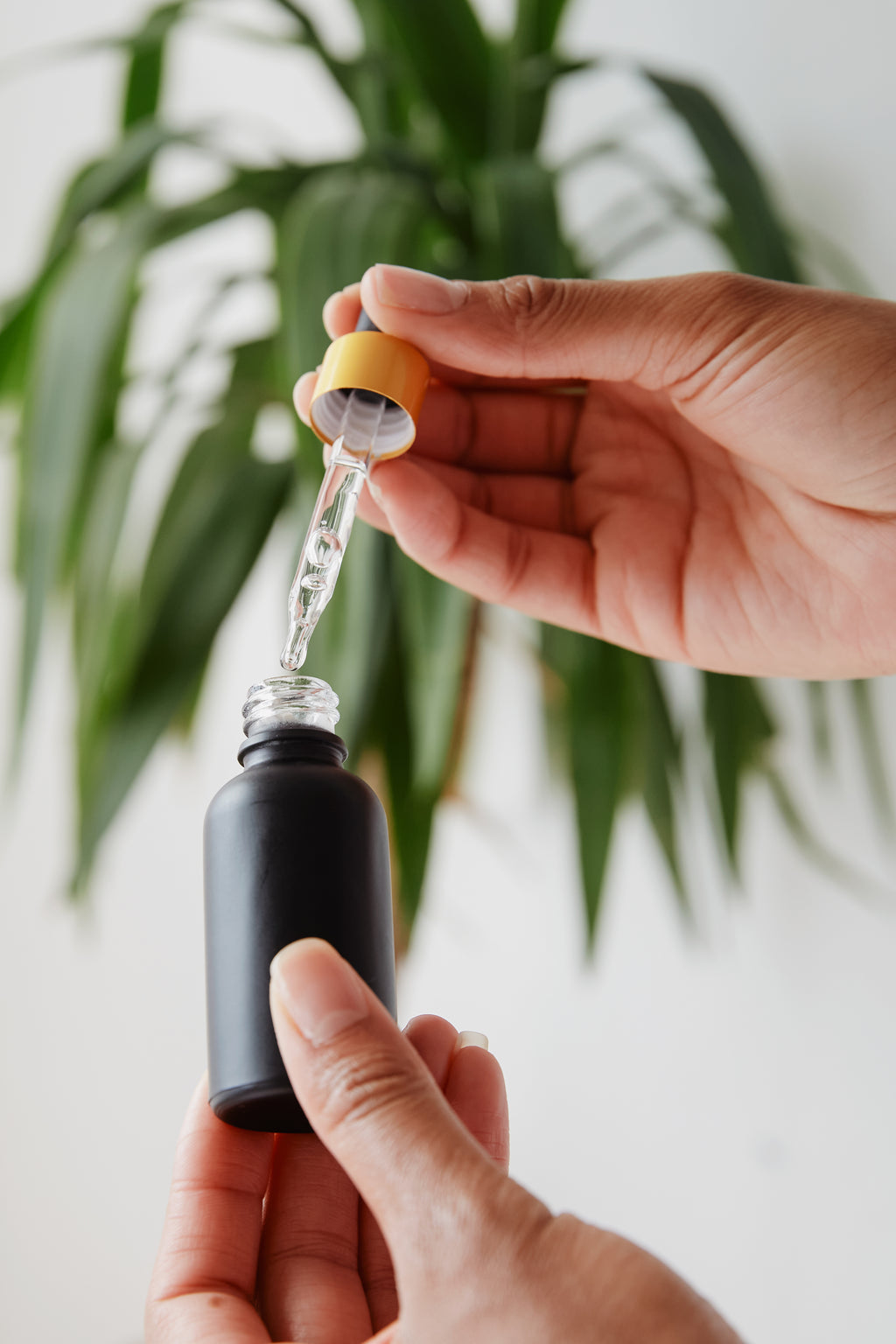Features of sebum production by the skin greatly affect its condition. Peeling, black spots, greasy shine are only a small part of the problems caused by insufficient knowledge of your body and inappropriate care.

What is skin sebum?
Sebum (sebum) is a secretion secreted by the sebaceous glands, a necessary product to maintain a healthy skin condition.
It is a mixture of lipids that performs, first of all, a barrier function: it protects the epidermis from dust, ultraviolet light and the negative effects of the environment.
Also, thanks to it, the skin looks moisturized, because the lack of sebum always leads to peeling.
Another important function is bactericidal. Thanks to unsaturated fatty acids, which are natural antiseptics, sebum blocks the reproduction of pathogenic bacteria.

Normally, an adult produces an average of 15-20 g of sebum per day.
But unfortunately, due to various factors, the skin can secrete much more, and thereby deliver discomfort with greasy shine, enlarged pores, subcutaneous rashes and black spots.
The reasons for excessive secretion of sebum can be different:

The connection between care and the amount of sebum
Competent home care has a significant impact on the regulation of sebum secretion.
For example, due to aggressive washing containing Sodium Lauryl Sulfate, normal or combination skin types can be mistaken for oily.
The fact is that improper cleaning breaks the lipid barrier. The skin, trying to restore it, begins to produce even more sebum to protect itself. Visually, it looks greasy and has an excessive unhealthy shine, so it is easy to confuse this condition with an oily skin type.

Dry skin type is not prone to this, because it always lacks lipids, that is, sebum, due to the absence of visible large pores. This type of skin needs to be especially careful when choosing cleansers: choose mild cleansing, milk or foams.
When there is not enough sebum (this condition is also called dry sebum), the skin becomes dehydrated, dry, the epidermal barrier is broken and, unfortunately, bacteria can penetrate the epidermis, which leads, among other things, to rashes.
Proper home care turns the sebum of the skin on the head, face and nose into a reliable ally and helper rather than a source of problems. Choose cosmetics with the right composition, because skin care is always a great strategy!13:24

What is skin sebum?
Sebum (sebum) is a secretion secreted by the sebaceous glands, a necessary product to maintain a healthy skin condition.
It is a mixture of lipids that performs, first of all, a barrier function: it protects the epidermis from dust, ultraviolet light and the negative effects of the environment.
Also, thanks to it, the skin looks moisturized, because the lack of sebum always leads to peeling.
Another important function is bactericidal. Thanks to unsaturated fatty acids, which are natural antiseptics, sebum blocks the reproduction of pathogenic bacteria.

Normally, an adult produces an average of 15-20 g of sebum per day.
But unfortunately, due to various factors, the skin can secrete much more, and thereby deliver discomfort with greasy shine, enlarged pores, subcutaneous rashes and black spots.
The reasons for excessive secretion of sebum can be different:
- stress;
- hormonal failures;
- infectious diseases;
- unbalanced nutrition.

The connection between care and the amount of sebum
Competent home care has a significant impact on the regulation of sebum secretion.
For example, due to aggressive washing containing Sodium Lauryl Sulfate, normal or combination skin types can be mistaken for oily.
The fact is that improper cleaning breaks the lipid barrier. The skin, trying to restore it, begins to produce even more sebum to protect itself. Visually, it looks greasy and has an excessive unhealthy shine, so it is easy to confuse this condition with an oily skin type.

Dry skin type is not prone to this, because it always lacks lipids, that is, sebum, due to the absence of visible large pores. This type of skin needs to be especially careful when choosing cleansers: choose mild cleansing, milk or foams.
When there is not enough sebum (this condition is also called dry sebum), the skin becomes dehydrated, dry, the epidermal barrier is broken and, unfortunately, bacteria can penetrate the epidermis, which leads, among other things, to rashes.
Proper home care turns the sebum of the skin on the head, face and nose into a reliable ally and helper rather than a source of problems. Choose cosmetics with the right composition, because skin care is always a great strategy!13:24

